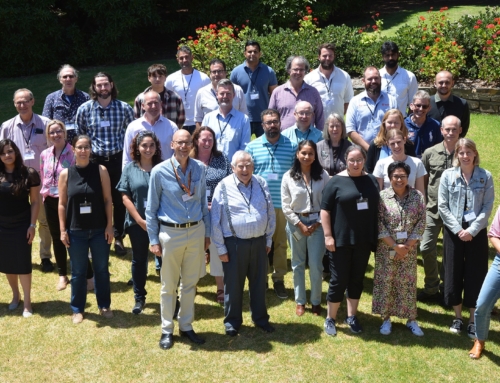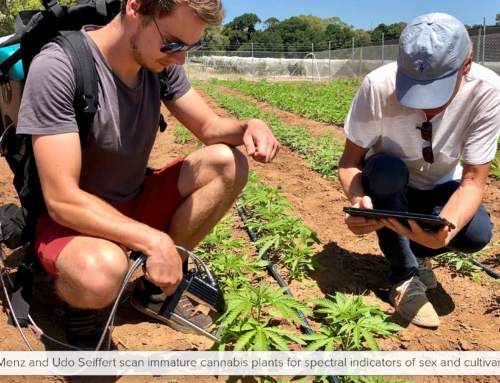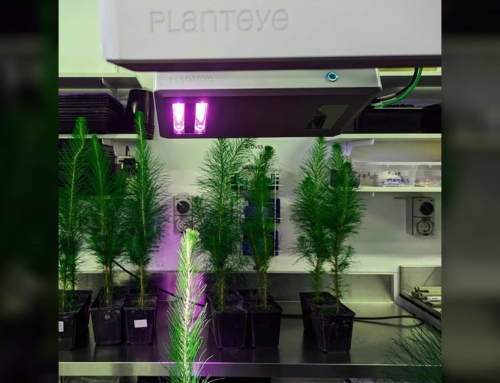Soil salinity severely impacts crop growth and yield. Within minutes of exposure to salt, cell expansion, leaf expansion, photosynthesis, transpiration and tillering are reduced. When salts accumulate to toxic concentrations in the shoot, especially in older leaves, a secondary inhibition of growth occurs through damage to the plant’s metabolism and ion imbalances. These effects occur weeks to months following salt application.
Plants have evolved numerous mechanisms to detect and respond to the effects of salt stress including a range of signal transduction mechanisms. However, investigating the maintenance of growth under salt stress has been limited by the lack of techniques that allow nondestructive measurements of plant growth through time. The resources and technologies now exist to phenotype many genotypes and identify those with high shoot ion-independent and shoot ion-dependent tolerance under greenhouse conditions.
Barley is one of the more salt-tolerant crops, able to grow in higher concentrations of salt than wheat, rice or maize. However, the growth of barley is still significantly affected by salinity. A better understanding of the genetic variation for salinity tolerance mechanisms within barley cultivars is required for future breeding improvement.
In a study by Stuart Roy and his international collaborators, nondestructive and destructive measurements are used to evaluate the responses of 24 predominately Australian barley (Hordeum vulgare L.) lines at 0, 150 and 250 mM NaCl. Considerable variation for shoot tolerance mechanisms not related to ion toxicity (shoot ion-independent tolerance) was found, with some lines being able to maintain substantial growth rates under salt stress, whereas others stopped growing. Hordeum vulgare spp. spontaneum accessions and barley landraces predominantly had the best shoot ion independent tolerance, although two commercial cultivars, Fathom and Skiff, also had high tolerance. The tolerance of cv. Fathom may be caused by a recent introgression from H. vulgare L. spp. spontaneum.
This study shows that the most salt-tolerant barley lines are those that contain both shoot ion-independent tolerance and the ability to exclude Na+ from the shoot (and thus maintain high K+:Na+ ratios).
Read the full paper, ‘Variation in shoot tolerance mechanisms not related to ion toxicity in barley’, here (Functional Plant Biology – https://doi.org/10.1071/FP17049).
To find out how the Australian Plant Phenomics Facility can help facilitate your plant science research contact us.







